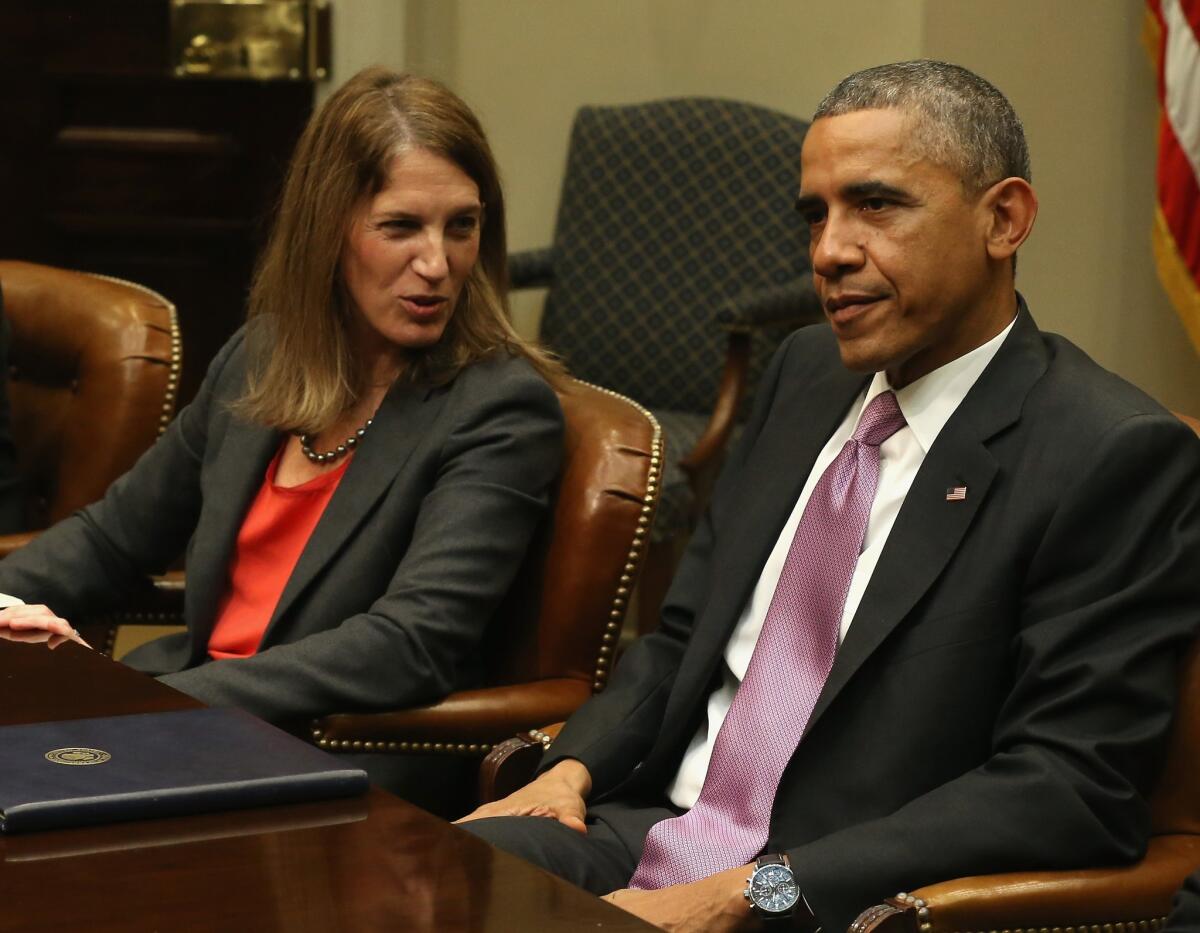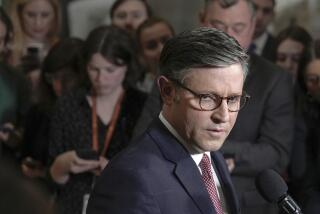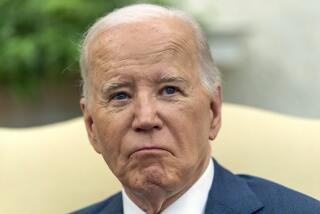How the Obama administration wants to spend that $6 billion for Ebola

- Share via
Obama administration officials outlined in more detail Thursday how they would spend the president’s proposed $6-billion Ebola emergency funding package, emphasizing the urgency of the situation as government funds are scheduled to sunset early next month.
Speaking on a conference call with reporters, Office of Management and Budget Director Shaun Donovan said time is of the essence.
“This should be emergency funding because this is an emergency. It’s critical that we fund this quickly and at a level that is appropriate to the scale of this epidemic,” Donovan said. “Costs will be much higher in the long run if we don’t move quickly.”
A previously approved Ebola spending package is set to expire Dec. 11, Donovan said, and administration officials are working closely with Congress to pass the new spending package before then.
“There is a real danger here, and a risk, that if it’s not passed by the middle of December … we could start to see funding gaps that set us behind in the effort,” Donovan told reporters.
The spending priorities outlined by Donovan and Health and Human Services Secretary Sylvia Burwell include increased Ebola preparedness in U.S. hospitals, a stepped-up response at the outbreak’s source in West Africa, accelerated trials for vaccines and other Ebola treatments, and investments in a “global health security agenda” that would include countries bordering the worst-hit nations.
The proposal includes $4.5 billion toward immediate Ebola response needs, plus a $1.5-billion contingency fund that Donovan says would allow the government to be flexible in response to the crisis as it shifts.
“We need to be able to respond quickly, and to move the money between accounts, depending on how the epidemic evolves,” Donovan said.
He added that he and other Obama administration officials had met with a number of members of Congress on both sides of the aisle, and that they’re pleased so far with the response.
“They know this is serious. They understand that we need to do everything we can to protect Americans at home,” Donovan said. “Thus far, I’ve heard only a strong response from the members that I’ve spoken to.”
About $1.8 billion of the money would go to the Centers for Disease Control and Prevention to help fund preparedness efforts in domestic hospitals. That could include helping hospitals purchase personal protective equipment and train healthcare workers, and assisting state and local health departments that are monitoring possible cases and contacts.
Smaller buckets of money, $330 million to the National Institutes of Health and $25 million to the Food and Drug Administration, would help with speeding along trials and potentially setting up manufacturing capacity for treatments.
The State Department and USAID would receive about $2 billion, Burwell said.
“We need to make sure we’re addressing the epidemic in those countries right now,” she said, even as vaccine and treatment efforts continue.
For more breaking news, follow me @cmaiduc.
More to Read
Sign up for Essential California
The most important California stories and recommendations in your inbox every morning.
You may occasionally receive promotional content from the Los Angeles Times.











